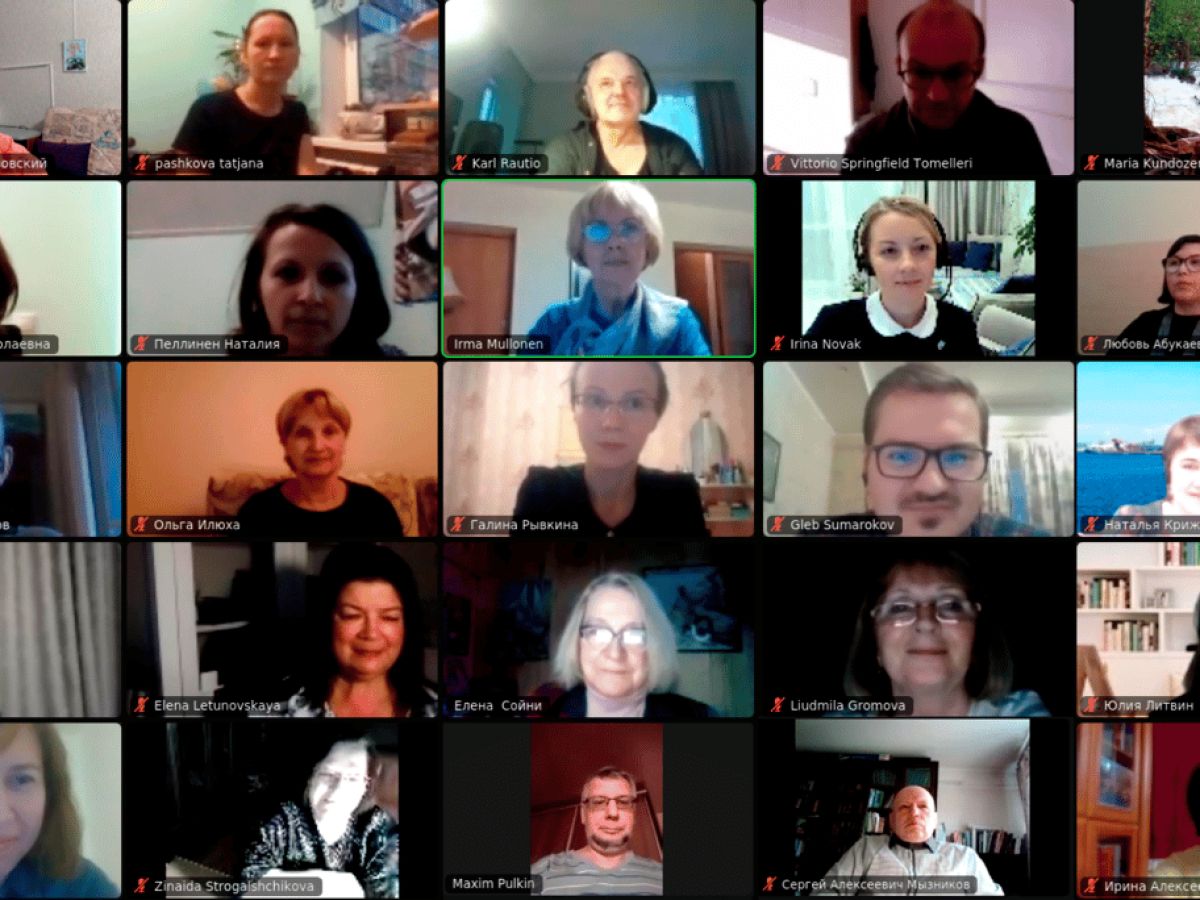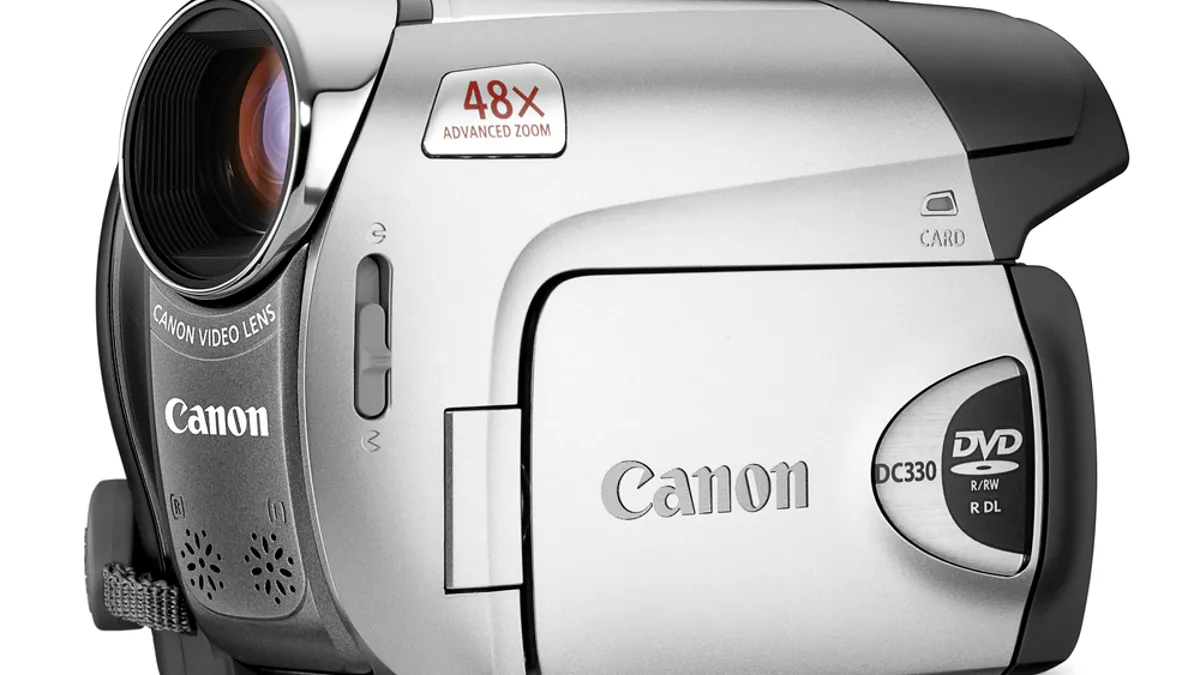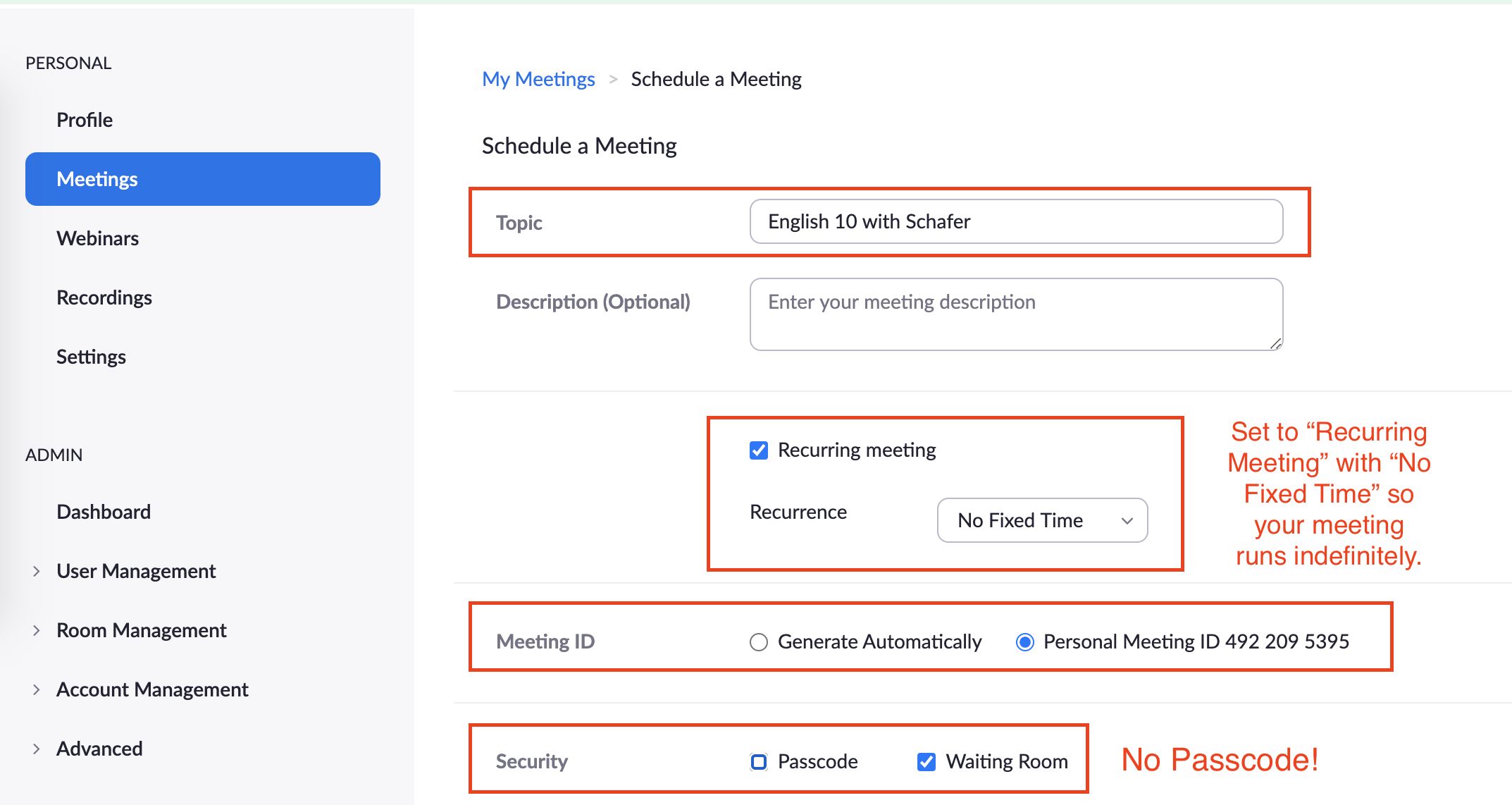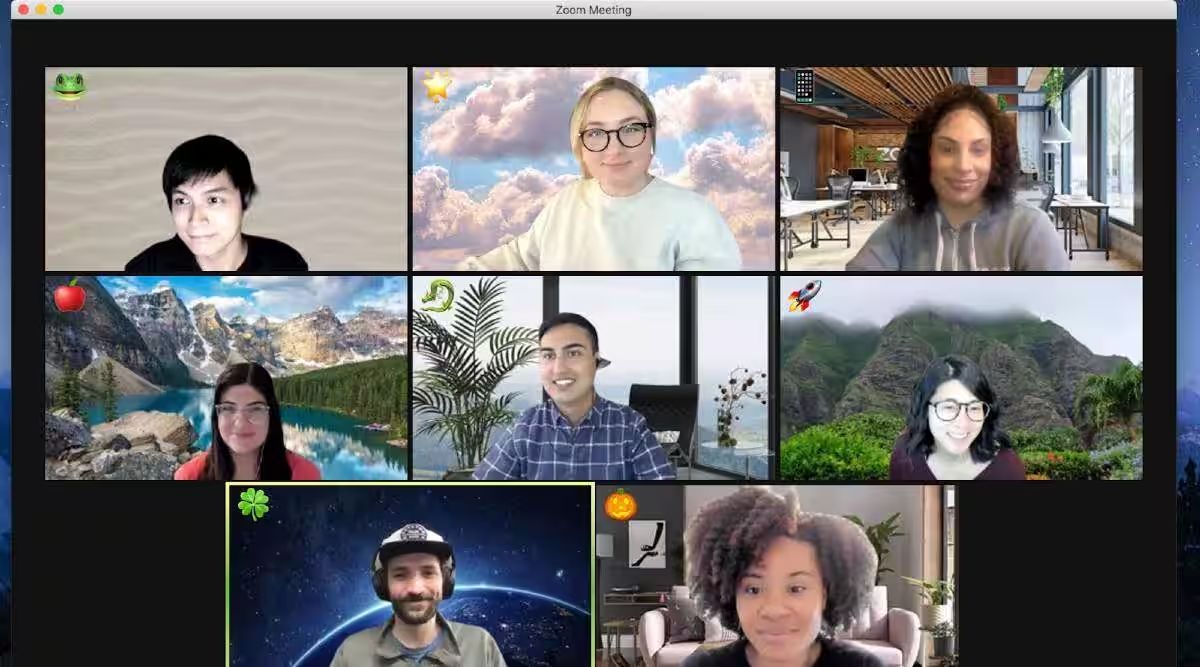Introduction
Zoom meetings have become an integral part of our daily lives, whether for work, education, or connecting with loved ones. As more and more people adapt to remote collaboration, it’s essential to understand how long these meetings typically last and how to optimize their duration for maximum productivity.
The duration of a Zoom meeting can vary depending on various factors, such as the purpose of the meeting, the number of participants, and the amount of content to be discussed. While some meetings can be short and concise, others may require a more extended duration to cover all necessary points thoroughly.
In this article, we will explore the factors that determine the length of Zoom meetings and provide strategies, tips, and best practices to help you optimize meeting time. Whether you’re a team leader, a student, or an individual attending virtual gatherings, this guide will help you make the most of your Zoom meetings and ensure efficient and productive interactions.
Factors that Determine the Length of Zoom Meetings
Several factors come into play when determining the length of a Zoom meeting. Understanding these factors will help you plan and manage your meetings effectively. Here are some key considerations:
1. Meeting Purpose: The purpose of the meeting plays a crucial role in determining its duration. A quick check-in or status update meeting may only require 15-30 minutes, while a brainstorming session or collaborative discussion may need more time.
2. Number of Participants: The more participants involved, the longer the meeting is likely to be. With multiple individuals sharing their thoughts and ideas, it’s essential to allocate sufficient time for everyone to contribute and engage in the discussion.
3. Agenda and Topics: The complexity and number of agenda items and topics to be covered will impact the duration of the meeting. Ensure that the agenda is well-defined and prioritize the most critical topics to ensure a focused and efficient discussion.
4. Level of Preparation: Meetings that require thorough preparation, such as presentations or training sessions, will generally have a longer duration. Allow ample time for participants to present their information and for Q&A sessions.
5. Technology and Connectivity: Technical issues can arise during virtual meetings. Account for potential connectivity problems or delays when planning the meeting duration to ensure a smooth and uninterrupted conversation.
6. Engagement and Participation: Active engagement and participation of attendees can greatly impact meeting duration. Encourage participants to be concise and avoid going off on tangents, while still providing opportunities for input and discussion.
Considering these factors will help you estimate the ideal length for your Zoom meetings. By being mindful of these elements, you can ensure that your meetings are well-structured, productive, and accomplish their objectives without unnecessarily stretching the allotted time.
Briefing on Zoom’s Default Meeting Duration
Zoom offers a default meeting duration of 40 minutes for free users. This means that if you are using a free Zoom account, your meetings will automatically end after 40 minutes. It’s important to be aware of this limitation and plan accordingly to make the most of your meeting time.
However, for paid subscribers, such as Zoom Pro, Business, or Enterprise users, the default meeting duration is typically set at 60 minutes. This provides a bit more flexibility for longer discussions or presentations without being cut off after 40 minutes.
It’s worth noting that as the meeting host, you have the option to manually override the default duration by extending or shortening the meeting as needed. This can be helpful if you anticipate the need for extra time or if the meeting wraps up earlier than expected.
To ensure a smooth and uninterrupted meeting experience, it’s advisable to notify participants in advance about the expected meeting duration. This allows everyone to plan their schedules accordingly, allocate enough time for discussions, and prevents any surprises when the meeting reaches its default time limit.
Additionally, if you find that you consistently need more time for your meetings, you may consider upgrading to a paid Zoom plan that offers longer meeting durations. This can provide you with the flexibility to conduct lengthier sessions and eliminate any concerns about time constraints.
Now that you’re aware of Zoom’s default meeting duration and how it can vary based on your account type, you can plan your meetings effectively and make the necessary adjustments to ensure a seamless virtual gathering. Remember, communication and transparency with your participants are key to managing expectations and maximizing the limited time available for free users.
Strategies to Optimize Meeting Time
Time is valuable, and optimizing meeting time is essential to ensure productivity and efficiency. Here are some strategies to help you make the most of your Zoom meetings:
1. Set Clear Objectives: Before the meeting, define clear objectives and communicate them to the participants. This will keep everyone focused on the purpose of the meeting and avoid unnecessary tangents or discussions.
2. Create an Agenda: Prepare a well-structured agenda that outlines the topics to be covered and the allocated time for each item. Share the agenda with the participants in advance, allowing them to come prepared and ensuring a streamlined discussion.
3. Manage Time Effectively: Be mindful of time and allocate specific time slots for each agenda item. Stick to the schedule and gently guide the discussion to stay on track. If needed, use timekeeping tools to keep everyone aware of the remaining time for each segment.
4. Encourage Active Participation: Engage all participants by encouraging their active involvement. Establish a collaborative environment where everyone feels comfortable sharing their ideas and opinions. This not only fosters creativity and teamwork but also reduces unnecessary repetition and extends the duration of the meeting.
5. Limit Attendees: Determine the necessary attendees for the meeting. Inviting only relevant participants ensures that discussions are focused and decision-making is efficient. Avoid overcrowding the meeting with unnecessary people, as this can prolong the duration and dilute the effectiveness of the discussion.
6. Utilize Technology and Tools: Take advantage of Zoom’s features, such as screen sharing, breakout rooms, and polling, to enhance collaboration and engagement. Efficiently using these tools can help save time and make the meeting more interactive and productive.
7. Follow Up with Action Items: At the end of the meeting, recap action items and responsibilities. Clearly communicate the next steps to ensure that efforts are not wasted and progress continues even after the meeting has ended. This helps maintain momentum and focuses on achieving the desired outcomes.
By implementing these strategies, you can optimize your meeting time, make discussions more productive, and create an environment conducive to efficient collaboration. Remember, the key is to plan ahead, communicate effectively, and keep the meeting focused on its objectives.
Tips for Efficient Zoom Meetings
Efficiency is crucial when conducting Zoom meetings to maximize productivity while minimizing time wastage. Implement these tips to ensure your meetings run smoothly and efficiently:
1. Test Technology in Advance: Familiarize yourself with Zoom’s features and test your audio, video, and internet connection before the meeting. This prevents any unexpected technical difficulties that can eat into the meeting time.
2. Stick to a Schedule: Start and end your meetings on time to respect everyone’s schedule. Avoid delaying the start or extending the duration unless absolutely necessary. This shows that you value everyone’s time and improves overall time management.
3. Use Visual Aids: Utilize screen sharing and visual aids like PowerPoint slides or documents to enhance understanding and engagement. Visuals help convey information more efficiently, reducing the need for lengthy explanations.
4. Encourage Concise Communication: Encourage participants to be concise and avoid lengthy monologues. Ask for specific questions or summaries to keep the conversation focused and avoid unnecessary time consumption.
5. Limit Distractions: Advise participants to find a quiet and distraction-free environment during the meeting. Minimize background noise and interruptions to maintain a seamless and efficient discussion flow.
6. Use Breakout Rooms Effectively: For larger meetings or group activities, utilize Zoom’s breakout rooms feature to divide participants into smaller groups. This encourages more focused discussions and brainstorming sessions, leading to more efficient outcomes.
7. Encourage Timeboxing: Allocate specific time slots for each agenda item or discussion point. This ensures that discussions do not exceed the allotted time and helps participants prioritize and stay on track.
8. Take Meeting Notes: Assign someone to take meeting minutes or use Zoom’s recording feature to capture important points and decisions. This avoids the need for lengthy recaps or follow-up meetings and allows participants to stay focused without the fear of missing critical information.
9. Prioritize Action Items: Clearly identify action items and assign responsibilities during the meeting. This ensures that tasks are delegated and progress can be tracked without unnecessary delays or confusion.
10. Follow Up Efficiently: After the meeting, promptly share a summary with action items, decisions made, and any additional information. This reinforces accountability and ensures that participants are aware of next steps and deadlines.
By implementing these tips, you can significantly improve the efficiency of your Zoom meetings. More efficient meetings lead to enhanced collaboration, reduced time wastage, and increased overall productivity for everyone involved.
Common Time Duration for Different Types of Meetings
The duration of a Zoom meeting can vary depending on the type and purpose of the gathering. Here are some common time durations for different types of meetings:
1. Check-in or Status Update: These meetings are typically brief and aim to provide a quick update on project status or team updates. They usually last around 15-30 minutes, allowing participants to share important information without delving into extensive discussions.
2. Brainstorming or Ideation Sessions: These meetings involve generating ideas, discussing strategies, and fostering creativity. The duration for these meetings can range from 30 minutes to one hour, depending on the complexity of the topic and the number of participants involved.
3. Project Planning or Strategy Meetings: These meetings involve detailed discussions, goal-setting, and planning for upcoming projects or initiatives. They typically last between one to two hours, allowing sufficient time for in-depth analysis and decision-making.
4. Training or Workshops: Training sessions or workshops may require more extensive time allocations depending on the subject matter and the level of detail involved. These meetings can range from one to three hours or more, providing ample time for demonstrations, exercises, and Q&A sessions.
5. Presentation Meetings: When one or more individuals need to present information or share updates, the meeting duration will depend on the complexity and length of the presentations. Typically, these meetings are scheduled for 30 minutes to one hour, allowing time for presentations and subsequent discussions.
6. Decision-Making Meetings: Meetings focused on decision-making or problem-solving may need more time to carefully analyze options and reach a consensus. These meetings can range from one to two hours or longer, depending on the complexity of the decision and the number of stakeholders involved.
These time durations serve as general guidelines, but it’s important to remember that every meeting is unique. It’s crucial to assess the specific needs and objectives of each meeting to determine an appropriate time allocation.
Additionally, be flexible and adaptable during meetings. If a discussion requires more time, allow the conversation to continue while ensuring the meeting stays focused and productive. Adhering to the allocated time while accommodating necessary discussions will help keep the meeting on track and efficient.
Best Practices for Ending Zoom Meetings on Time
Ending meetings on time is crucial to respect everyone’s schedules and ensure that the allocated time is utilized efficiently. Here are some best practices for wrapping up your Zoom meetings on time:
1. Summarize Key Points: Before ending the meeting, provide a brief summary of the key discussion points, decisions made, and action items. This reinforces understanding and helps participants leave with a clear understanding of what was accomplished during the meeting.
2. Review Next Steps: Clearly communicate the next steps and the responsibilities assigned to each participant. This ensures that everyone is aware of their action items and deadlines, streamlining post-meeting activities and avoiding confusion.
3. Address Open Questions: Before closing the meeting, ask if anyone has any remaining questions or concerns. Encourage participants to ask for clarification or additional information. However, if the question requires significant discussion, suggest taking it offline to avoid extending the meeting unnecessarily.
4. Thank Participants: Show gratitude and thank all participants for their time and contributions. Appreciation helps build positive relationships and fosters a collaborative environment for future meetings.
5. End on a Positive Note: Wrap up the meeting with a positive statement or a reiteration of the meeting’s objectives. Emphasize the progress made, the value of the discussion, or the positive outcomes achieved. This leaves participants with a sense of accomplishment and motivates them for future endeavors.
6. End the Recording (if applicable): If you have been recording the meeting, ensure that the recording is stopped and saved properly. This prevents any accidental or unauthorized access to the recording and maintains privacy and confidentiality.
7. Allow Time for Transition: When scheduling back-to-back meetings, leave a buffer of a few minutes between meetings to allow for participants to transition and prepare for their next engagement. This prevents unnecessary stress and allows for a smooth transition to the next meeting.
8. Follow Up Asynchronously: Instead of discussing every detail at the end of the meeting, consider using asynchronous communication tools like email or project management software to address any remaining points, share additional information, or provide updates after the meeting. This prevents extended meetings and allows everyone to digest information in their own time.
By implementing these best practices, you can effectively wrap up your Zoom meetings on time, leaving participants feeling productive and satisfied with the meeting outcome. Remember, clear communication and efficient time management are key to successfully concluding virtual gatherings.
Conclusion
Zoom meetings have become an integral part of our daily lives, and understanding how to optimize meeting time is essential for productivity and efficiency. By considering various factors such as meeting purpose, number of participants, agenda, and technology, you can determine the appropriate duration for your Zoom meetings.
It’s important to be mindful of Zoom’s default meeting duration for free and paid users, ensuring that you plan and manage your time accordingly. Additionally, implementing strategies to optimize meeting time, such as setting clear objectives, creating structured agendas, and encouraging active participation, can help ensure that meetings stay focused and productive.
Efficiency is further enhanced by implementing tips such as testing technology in advance, utilizing visual aids, limiting distractions, and effectively utilizing breakout rooms. Following best practices for ending meetings on time, such as summarizing key points, reviewing next steps, and expressing gratitude, helps wrap up meetings smoothly and allows participants to transition to their next tasks seamlessly.
Remember, each type of meeting may have different common time durations, and it’s important to assess the specific needs and objectives of each gathering to allocate appropriate time. By adhering to best practices and being flexible when necessary, you can ensure that your Zoom meetings are efficient, productive, and respectful of everyone’s time.
Ultimately, the goal is to make the most of our virtual interactions and optimize our time in this digital age. By implementing these strategies, tips, and best practices, you can enhance the effectiveness of your Zoom meetings and achieve successful outcomes in both professional and personal settings. So, let’s keep our virtual gatherings efficient, engaging, and impactful in this ever-evolving world of remote communication.

























